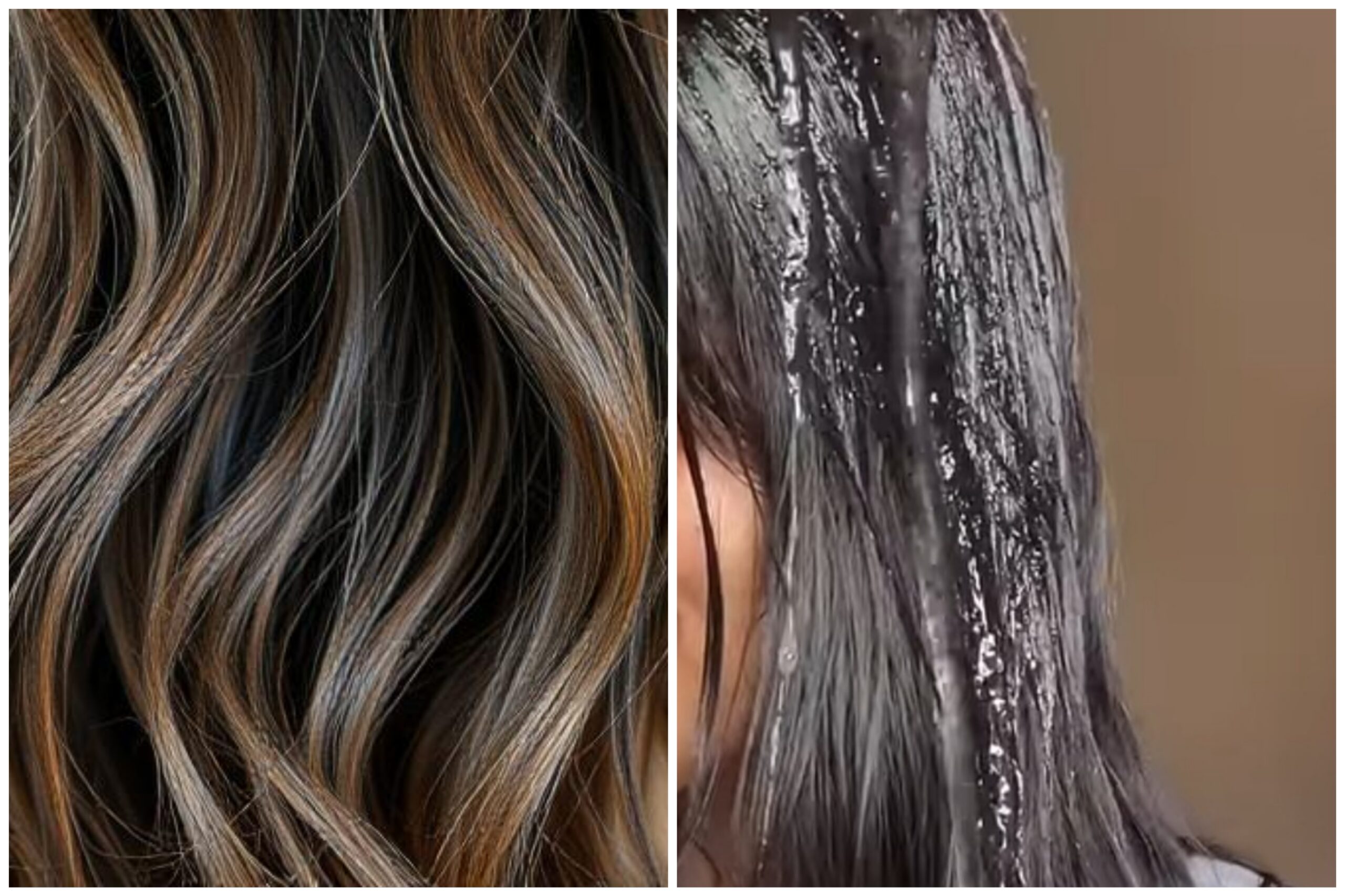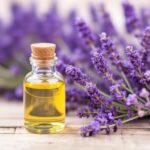Damaged hair can be disheartening. Whether due to heat styling, color-processing, or cumulative environmental exposure, you will need to use the right products—and the right mask—to rekindle your hair’s health.
In this complete guide, we will reveal the best mask for damaged hair according to various professionals, clients who have used them, and the most up-to-date research. If you’ve been looking for something that will actually work, you’ve come to the right place.
Why Does Hair Get Damaged? A Quick Overview
Before getting into product recommendations, let’s take a look at some of the source of damage to hair:
Heat Styling (flat-irons, blow-dryers)
Chemical Treatments (dyeing, relaxing, or perming)
Environmental Factors (UV rays, pollution, humidity)
And, Lack of Love (not getting regular trims and using harsh shampoos) and side note, hair care is not one size fits all!
As a recent report from the American Academy of Dermatology (2023) reads, more than 65% of people, specifically women, in the U.S. suffer from some level of hair damage from stylings too frequently.
What is a Good Hair Mask for Damaged Hair?
A quality hair mask should accomplish more than just beautify your hair. Look for the following traits:
1. Moisture
Look for oils such as coconut, affirmative argan oil, and hydrating butters like shea butter. Hydration adds elasticity, helps retain moisture, and leave hair shinier.
2. Protein
Protein treatments include keratin, silk amino acids, and collagen to repair and strengthen from within.
3. Scalp
Healthy hair begins in the follicle. Read ingredients: tea tree oil, niacinamide, or peppermint. Essentially any that is nourishing.
4. Color Safe
If your hair is dyed, you will want a sulfate-free mask.
7 Best Hair Masks for Damaged Hair (2025 Update)
1. Olaplex Hair Perfector No. 3
Marking Trait: Repairs broken hair bonds
How it Works: Uses patented bond-building technology
Best For: Severely damaged and bleached hair
2. Briogeo Don’t Despair, Repair! Deep Conditioning Mask
Marking Trait: Is an effective and natural product.
Hero Ingredients: B-vitamins, algae extract, rosehip oil.
Best For: Natural, curly and textured hair.
3. Kérastase Resistance Masque Thérapiste
Marking Trait: Rebuilds over-processed hair
How it works: Contains Fiber-KAP™️ and resurrection plant sap.
Best For: Chemically damaged hair
4. SheaMoisture Raw Shea Butter Restorative Hair Masque
Key Benefit: Affordable and still high quality.
Hero Ingredients: Raw shea butter, argan oil, sea kelp
Best For: Dry, brittle hair types
5. Living Proof Restore Repair Mask
Key Benefit: Prevent future breakage
Science Highlight: On the Healthy Hair Molecule (OFPMA)
Best For: Fine hair types that break easily
6. Amika Soulfood Nourishing Mask
Key benefit: Light-weight hydration
Hero Ingredients: Jojoba seed oil, sea buckthorn
Best For: Normal to dry hair types
7. Moroccanoil Intense Hydrating Mask
Key Benefit: Gets you an instant jolt of moisture
Star Ingredient: Antioxidant-rich argan oil
Best For: Thick or coarse hair types
Step-by-Step Guide: How to Properly Use a Hair Mask
You can only get the most out of your hair mask if you use it the right way.
Shampoo: Clean hair needs to be clean to absorb better.
Towel dry: After shampooing, apply hair mask on damp (not dripping wet) hair.
Lather Up: Make sure you apply generously on your mid-lengths to ends.
Leave in: Don’t rinse any product out until 5 minutes to a total of 20 minutes, depending on the brand.
Rinse out with cool water: This locks in the moisture and shine.
Style as normal: Avoid additional heat on your hair, and you are good to go.
Pro tip: To help the hair mask absorb better while it sits, wrapit in a warm towel or use a shower cap!
Final Thoughts
When you find the right mask for damaged hair, it can change the game. Whether it is a salon favorite like Olaplex or a natural classic like SheaMoisture, I think the key is consistency. Ensure you follow the correct steps when applying and tweak based on your hair type.
FAQs
1. How often should I use a hair mask?
Use a hair mask 2–3 times a week for very damaged hair, and once a week for maintenance.
2. Can hair masks fix split ends?
Hair masks can smooth the ends and temporarily seal any split ends, but the only way to really fix them is to trim them.
3. Do natural hair masks work?
Yes, especially ones with coconut oil, aloe vera, and honey, but they usually take longer to work.
4. Can I leave a hair mask on overnight?
Only if the label says you can; otherwise, you could cause product buildup or irritation if left on too long.
5. Will hair masks make my hair greasy?
If you follow up the hair mask with a thorough rinse, it will not. Be sure to apply to the mid-lengths and ends!
6. What’s the difference between conditioner and a hair mask?
Hair masks are more concentrated and intended for more intense repair.
7. Can men use these hair masks?
Yes! Hair masks are for anyone with dry hair
















